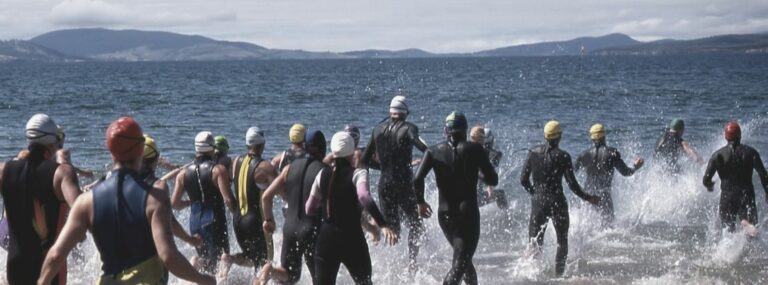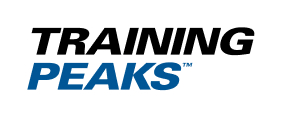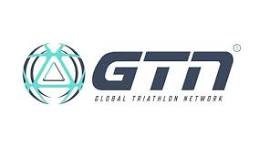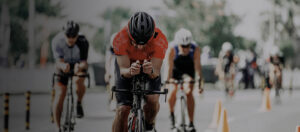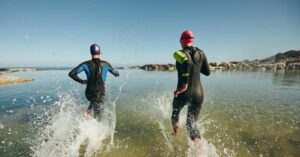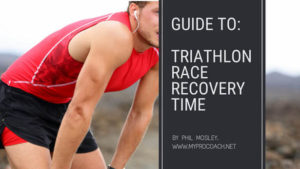The Triathlete’s Guide To Open-Water Swimming
The technique, gear and training tips that’ll help you swim faster in open water.
For many new triathletes, open-water swimming strikes fear akin to school exams or taking your driving test. But not anymore with my 10 top tips for every triathlete to swim stronger outdoors…
1. Short And Numerous
As a triathlete, you’re juggling three disciplines plus two transitions. But the ideal is a minimum of three swims each week, ideally one of which is in the open water. These sessions need only be around 30-40mins and every session should incorporate a short period of drills. This is because swimming is a much more technique-driven activity than the other two.
Neuroscience shows that one of the most effective ways to learn a new skill involves a mix of short, regular sessions with rest time in between, the theory being that the brain encodes memory more deeply when it manages information chunks with downtime in-between. This is much better than one 90min weekly swim session.
2. Acclimatazation Is Key
At this time of year, the water’s generally warm enough to suffer no shock effects. But earlier and later in the season, you’ll want to acclimatize to cooler temperatures. One idea is to splash your face and then step into shallower waters before dipping your hands in. This will alert your brain to the change ahead. Cold showers are also a good way to prep for cooler swims, while deep breathing will keep you calm.
3. Safe And Strong
Safety is paramount when open-water swimming, so the ideal is starting off in a body of water that has safety measures in place; that means lifeguards plus a band system for entry and exit into the water.
Failing that, always swim with a partner when starting off and wear a colourful swim cap. The increasing popular tow-float’s a good option for both buoyancy and visibility. Also, remove rings as digits shrink in cooler bodies of water. That’s more for the ‘safety’ of your marriage than anything else! You don’t want to lose your precious rings.
4. The Perfect Wetsuit
Your wetsuit provides buoyancy, insulation and delivers a faster swim, but only if it fits correctly. So – especially when it comes to your first triathlon wetsuit – try before you buy. It must be form-fitting but not tourniquet-inducing, which is heightened on dryland.
You want a degree of water to enter but not too much as the idea’s for your body and the neoprene to heat up what’s there. In general, your wetsuit should comprise thinner neoprene panels at the shoulders for greater freedom of movement, with thicker sections at the buttocks and thighs, leading to a more streamlined position.
5. Stop Chafing
One final thing about wetsuits – make sure the neck fits properly. People’s neck shapes can be quite different and you don’t want water coming in too easily. When purchased, this is also an area you should lube up with triathlon lube to prevent chafing.
6. Straight, Swift Swimming
One of the key differentiators between pool and open-water swimming is guidance; in other words, there’s no line to follow outdoors. In fact, sometimes the water’s so deep and dark you can’t see a thing. That makes swimming straight a much harder challenge and it’s easy to swim over 10% more due to zig-zagging your way through the opening leg. But it needn’t be so.
One simple trick is to look beyond each turn point and identify key landmarks. This could be a large tree, church, anything. But it must be immovable, highly visible and sighted before you swim. Memorize it. In the heat of the race, when others are drifting wide, you can rather smugly head toward your horizon landmark. Also, look up when swimming to ensure you’re front-crawling in the right direction, although not too much as even the most efficient technique disrupts the fluidity of your swim.
7. Master The Masses
As well as getting used to the challenging environment, you must get used to swimming with others. That’s one reason why joining a triathlon or swimming club is so beneficial. You can join group swims – both indoors and outdoors – which will psychologically and tactically prepare you for the thrashing of arms and legs. It’ll become second-nature that you’ll receive the occasional elbow.
Come race day, you’ll have the confidence and knowledge to know you can handle it. Still, that first race will always raise the anxiety levels, so a foolproof instant remedy to ease the nerves is simply to swim at the edges of the masses. You might lose a little time but, certainly, when it comes to reaching the swim exit, this is the path of least resistance.
8. Breathe Easy, Race Fast
Another battle to overcome – which you will – is easy breathing. Many newcomers hold their breath underwater. This is a mistake. Instead, when your face is submerged, breathe out gently with bubbles coming out of your mouth or nose. When it comes to inhalation, breathe in deeply through your mouth by turning your head to the side when one arm is at full extension. Bilateral breathing is the ability to breathe on both sides and is a useful skill to learn for a more balanced stroke and to cope with the waves of sea swims. But breathing on one side is fine to start with.
